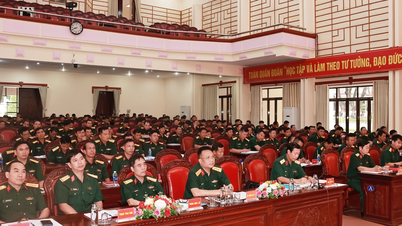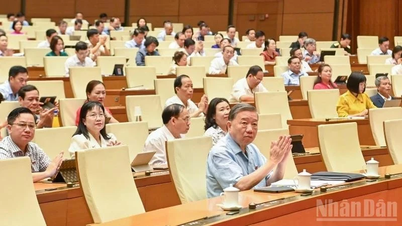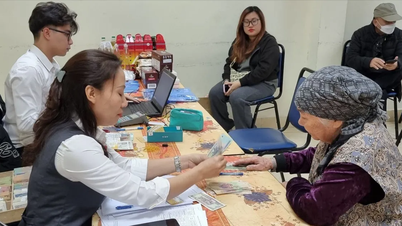(GLO)- Editorial: Along with the fiscal policy to support economic recovery and development according to Resolution No. 43/2022/QH15 of the National Assembly, recently, the Ministry of Finance proposed to continue reducing the value-added tax (VAT) rate by 2% until December 31, 2023. Regarding this content, Gia Lai Newspaper reporters interviewed Mr. Tran Quang Thanh - Deputy Director of the Provincial Tax Department.
 |
Mr. Tran Quang Thanh. Photo: Son Ca |
*Reporter: Can you tell us about the results achieved in implementing the policy of reducing VAT rate by 2% in 2022 in the province?
- Mr. Tran Quang Thanh: In order to support socio -economic recovery and development after the Covid-19 pandemic, the National Assembly issued Resolution No. 43/2022/QH15 dated January 11, 2022 on fiscal and monetary policies to support the socio-economic recovery and development program; The Government issued Decree No. 15/2022/ND-CP dated January 28, 2022 stipulating tax exemption and reduction policies according to Resolution No. 43/2022/QH15.
Accordingly, the VAT rate will be reduced by 2% for a number of groups of goods and services currently subject to a tax rate of 10% (to 8%). In 2022, the Provincial Tax Department has reduced the tax rate by 2% for the output VAT amount of more than VND 496 billion for 9,230 taxpayers. Through the implementation of the VAT reduction policy implemented synchronously with policies to reduce taxes, fees, charges, and extend tax payment deadlines, it has provided timely support to people and businesses, created a driving force to stimulate consumption as well as nurture and regenerate revenue sources for the state budget. This is one of the important factors contributing to the domestic revenue results implemented by the Provincial Tax Department reaching and exceeding the central budget estimate in 2022.
*Reporter: How is the proposal to continue reducing the VAT rate by 2% in 2023 expected to impact local budget revenue, sir?
- Mr. Tran Quang Thanh: VAT is an important revenue and tax with wide coverage. According to the Ministry of Finance's plan, implementing the plan to reduce the VAT rate by 2% applied in the last 6 months of 2023 will reduce revenue by about 35 trillion VND. In essence, reducing VAT also means reducing input costs, stimulating consumption, and supporting taxpayers to restore production and business activities in tax-reduced areas.
The results of implementing fiscal policies to support people and businesses in recent years show that local budgets will experience reduced or delayed revenue collection during the policy implementation period. On the contrary, people, businesses and the economy will be empowered to overcome difficulties with their own internal resources, and have the necessary time to restore the growth rate as before.
 |
Reducing VAT will help reduce input costs for production and business activities. Photo: Son Ca |
*Reporter: In order to ensure the goal of supporting economic recovery and development and state budget revenue estimates, what has the Provincial Tax Department prepared, sir?
- Mr. Tran Quang Thanh: In 2023, the Provincial Tax Department has proactively analyzed, evaluated and forecasted factors that could affect budget collection, including the implementation of policies to support taxpayers. In the spirit of proactively performing assigned political tasks, the Provincial Tax Department directed tax departments and branches to closely follow the socio-economic development situation in the area, forecast sources of fluctuations to have solutions to exploit arising revenue sources, offset revenue reductions and shortfalls, and strive to achieve and exceed monthly and quarterly budget collection progress.
The Provincial Tax Department also actively coordinated with departments, branches and localities to advise the Provincial People's Committee to speed up the implementation of land allocation and land auction projects with land use fee collection to effectively exploit revenue sources compared to the assigned budget; effectively carry out tax inspection and examination to promptly handle and collect receivables into the budget, complete 100% of the approved tax inspection and examination plan; closely monitor the implementation of the issued anti-revenue loss topics.
*Reporter: Thank you!
Source link































































































Comment (0)